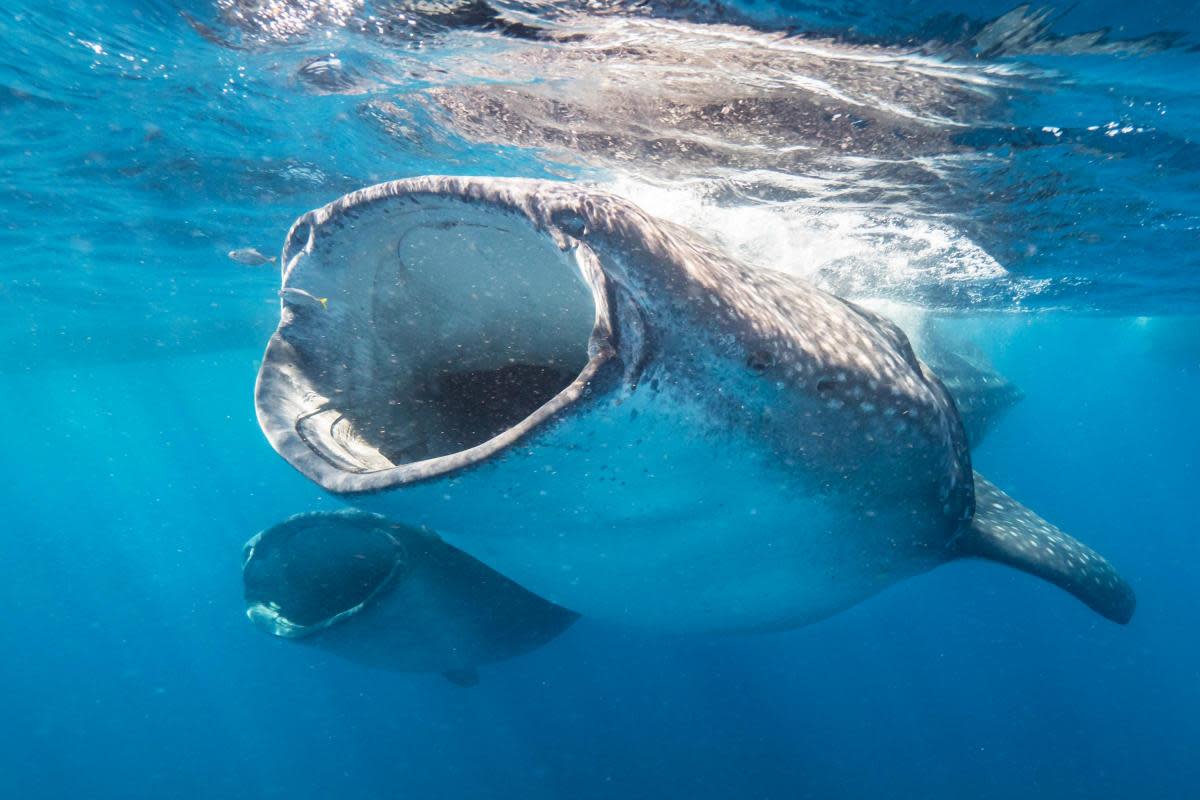New research identifies ship strikes as escalating threat to whale sharks

Researchers have raised concerns about the threat of shipping lanes to endangered whale shark feeding grounds.
According to a study published in Science of the Total Environment on May 15, the rise in shipping traffic, especially in whale shark aggregation areas, significantly increases the risk of these animals colliding with large vessels.
The world's merchant fleet has doubled over the past 16 years and is expected to increase by nearly 1,200 per cent over the next 27 years.
Ship strikes pose a significant risk to more than 75 marine species, including whale sharks. Typically solitary creatures, these sharks spend nearly half their time in surface waters, often in coastal areas heavily utilised by shipping.
They congregate densely in specific feeding locations, creating heightened risk areas known as constellations.
The research involved specialists from MARECO, the University of Southampton, the MBA, and the Marine Megafauna Foundation (MMF). The team gathered data from over 75 experts and used Global Fishing Watch to ascertain ship density at 107 locations in 26 countries.
Some areas with the highest intersection of whale sharks and large vessels include the coast of mainland Ecuador, Mexico's Isla Mujeres and La Paz, and Malaysia's Kota Kinabalu and Redang Island.
The team found that reducing vessel speed by 75 per cent in these areas could alleviate the risks posed to whale sharks. Results showed a minimal transit time increase of around 0.5 per cent per vessel but with potentially high gains for whale shark safety.
They suggest increased awareness, education, and better data management could allow for a feasible coexistence between this vulnerable species and the shipping industry.
The research was partly funded by the German Federal Ministry of Environment and Marine Research and Conservation Foundation and supported by the UK Natural Environment Research Council.

 Yahoo News
Yahoo News 
